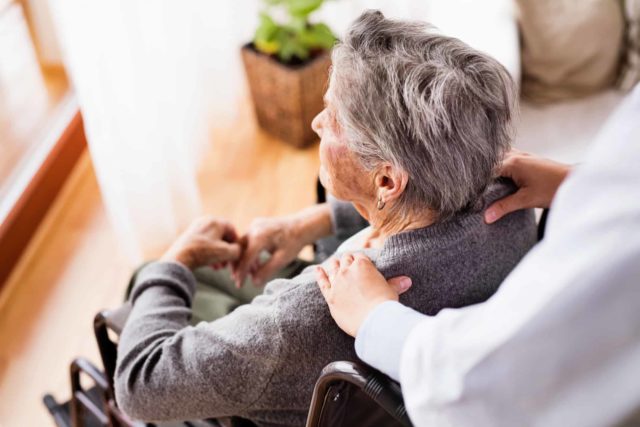Introduction:
As the global population ages, promoting public health among seniors becomes increasingly crucial. One area often overlooked is stair lift safety awareness. Stair lifts offer invaluable assistance to seniors with mobility challenges, allowing them to navigate multi-story homes independently. However, ensuring their safe usage is paramount. This article delves into the importance of promoting stair lift safety awareness among seniors to enhance public health.
The Significance of Stair Lifts for Seniors:
For many seniors, maintaining independence is essential for their physical and mental well-being. Stair lifts play a vital role in enabling this independence by providing a safe and convenient means of traversing stairs within their homes. These devices can significantly reduce the risk of falls, which are a leading cause of injury among the elderly. By facilitating mobility, stair lifts enhance seniors’ quality of life and enable them to remain in their homes comfortably.
Understanding Stair Lift Safety:
While stair lifts offer numerous benefits, their safe usage is contingent upon proper understanding and adherence to safety guidelines. Seniors and their caregivers must be aware of essential safety measures to prevent accidents and injuries. Some key safety considerations include:
1. Installation by Professionals: Stair lifts should be installed by qualified professionals to ensure they are correctly fitted and meet safety standards. Improper installation can lead to malfunctions and accidents.
2. Regular Maintenance: Regular maintenance and servicing of stair lifts are crucial to ensure optimal performance. Seniors should schedule routine inspections to identify and address any issues promptly.
3. Usage Guidelines: Seniors should familiarize themselves with the operation of the stair lift and adhere to usage guidelines provided by the manufacturer. This includes proper seating, securing seat belts, and avoiding overloading the lift.
4. Supervision of Grandchildren: If grandchildren or young visitors are present in the home, seniors should supervise their interaction with the stair lift to prevent accidents. Children should be educated about the importance of not playing on or near the device.
5. Emergency Preparedness: Seniors should be equipped with knowledge of emergency procedures in case of power outages or mechanical failures. This may include knowing how to operate manual override functions or contacting emergency services if needed.
Promoting Stair Lift Safety Awareness:
Efforts to promote stair lift safety awareness among seniors can significantly contribute to public health initiatives targeted at the elderly population. Here are some effective strategies for raising awareness:
1. Educational Campaigns: Public health organizations, senior centers, and community groups can organize educational campaigns focused on stair lift safety. These campaigns can include informational sessions, workshops, and distribution of educational materials highlighting key safety practices.
2. Collaboration with Healthcare Providers: Healthcare providers, including physicians, nurses, and physical therapists, play a crucial role in promoting stair lift safety. They can incorporate discussions on home safety, including stair lift usage, into routine appointments with senior patients.
3. Accessible Information Resources: Make information on stair lift safety readily accessible to seniors and their caregivers through brochures, websites, and informational videos. These resources should be easy to understand and available in multiple languages to reach diverse communities.
4. Peer Support Groups: Peer support groups for seniors can serve as valuable forums for sharing experiences and knowledge about stair lift safety. Encouraging seniors to discuss safety concerns and solutions within these groups fosters a sense of community and collective responsibility.
5. Incentivizing Safety Measures: Incentivizing seniors to adhere to safety measures, such as offering discounts on maintenance services or providing safety equipment free of charge, can encourage compliance and reinforce positive behaviors.
Conclusion:Promoting stair lift safety awareness among seniors is essential for enhancing public health and preventing avoidable accidents and injuries. By educating seniors and their caregivers about proper usage and maintenance of stair lifts, we can empower older adults to age safely and independently in their own homes. Through collaborative efforts between public health organizations, healthcare providers, and community groups, we can create a safer environment for seniors and promote their overall well-being.




